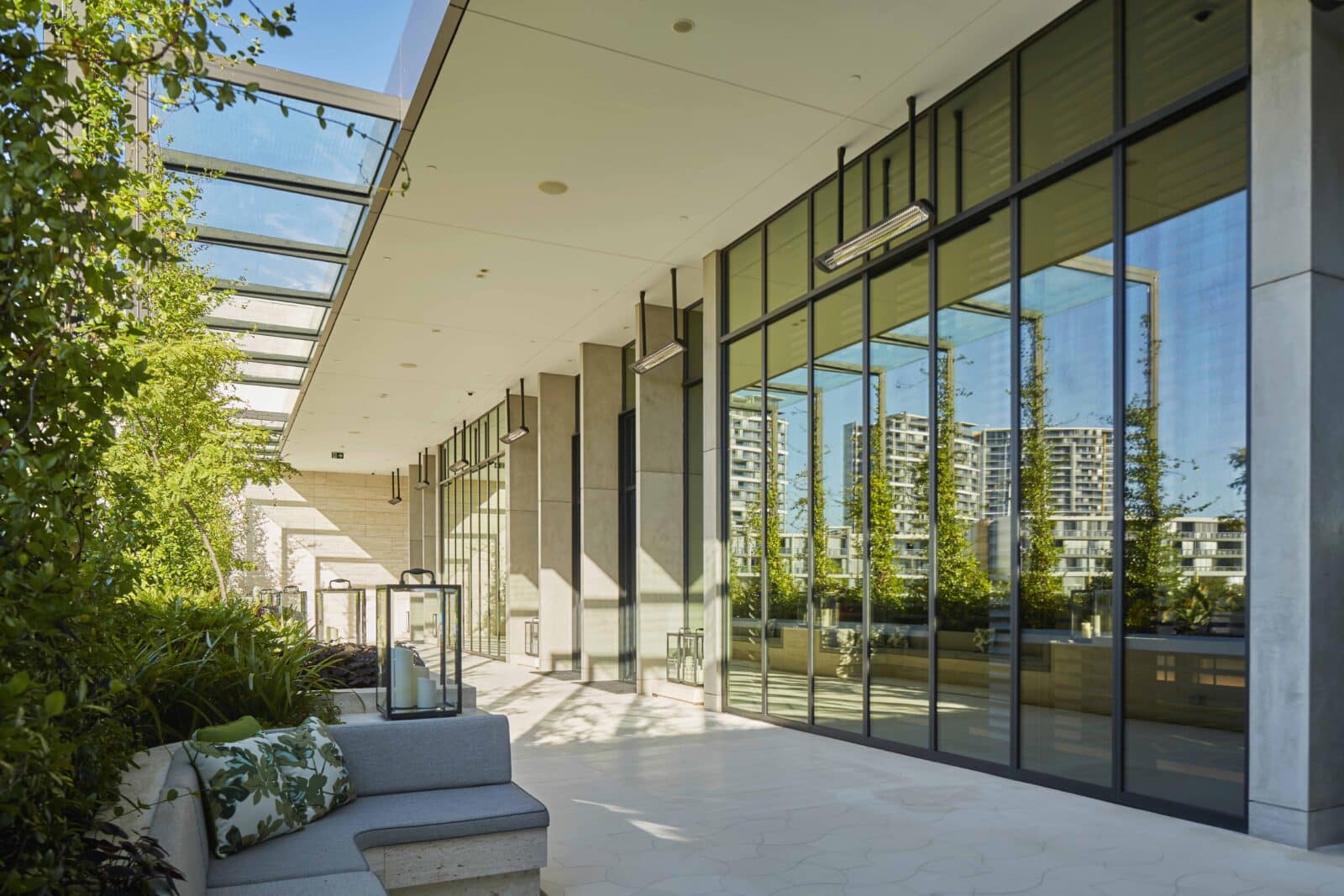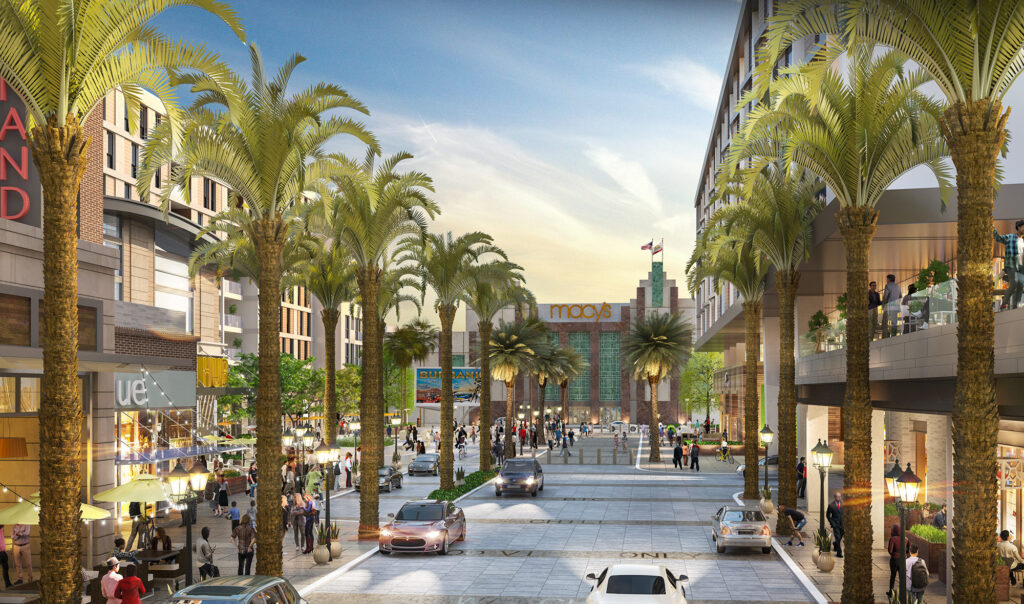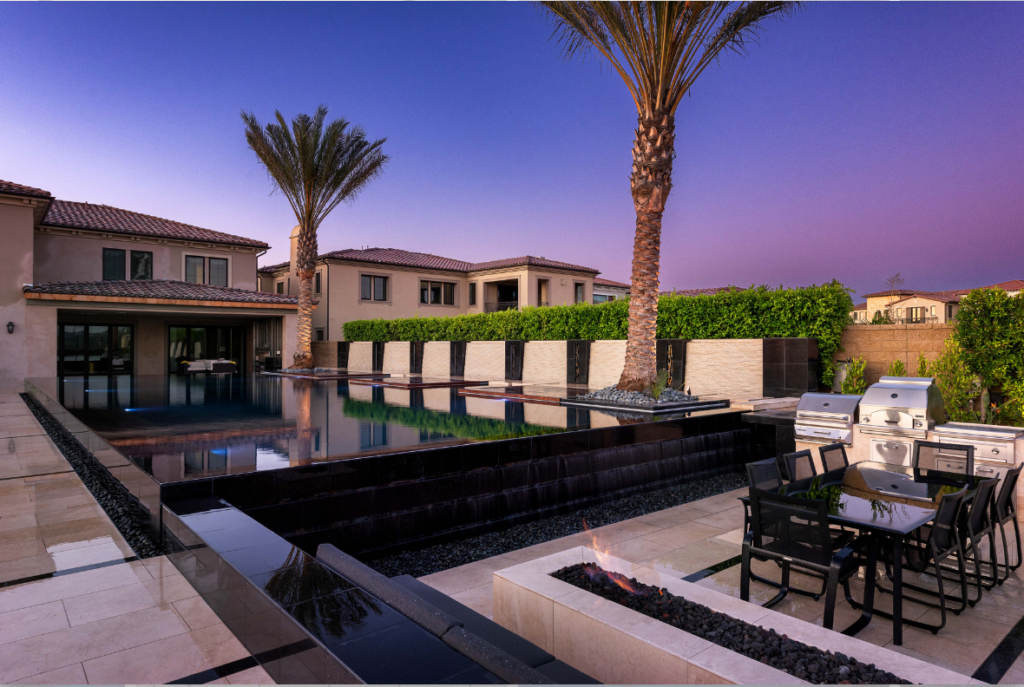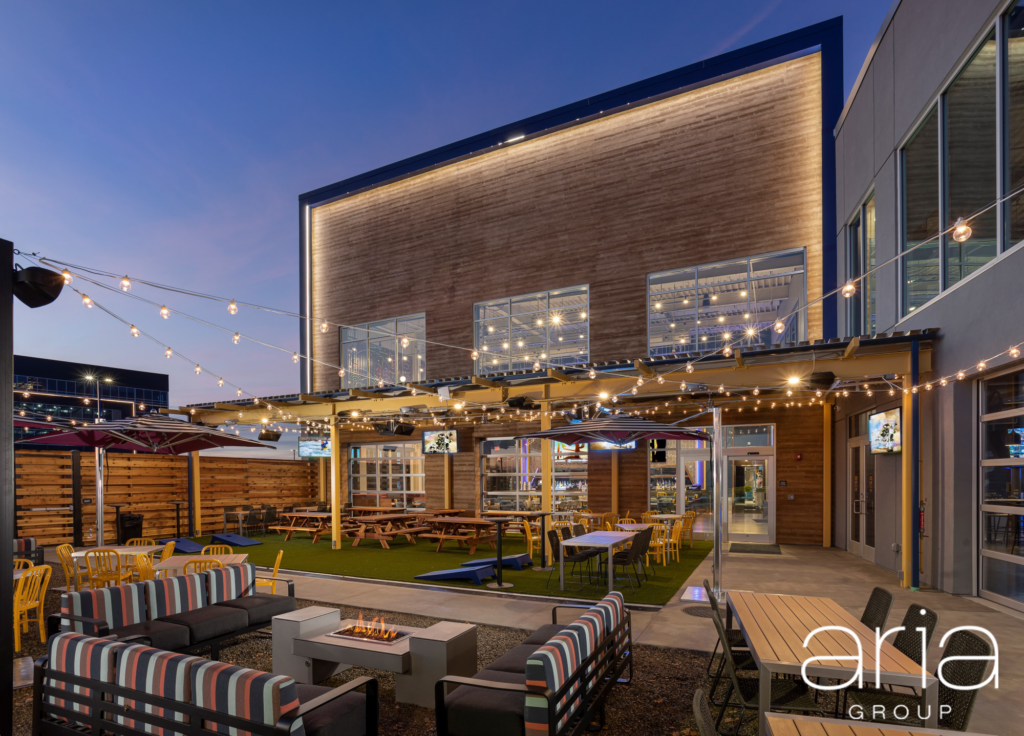
In our latest episode in collaboration with Archispeak, we return with hosts Evan Troxel and Cormac Phalen, joined by guest speaker Primo Orpilla of Studio O+A, discussing workplace design trends. Orpilla, known for fostering workplace connectivity and collaboration, shares insights on boosting productivity through thoughtful design. With a portfolio including Silicon Valley giants, his work has emphasized workplace connectivity and collaboration.
About Primo Orpilla
Primo Orpilla, co-founder and principal of San Francisco-based Studio O+A, has been a trailblazer in workplace design, shaping environments for iconic tech brands like Slack, Facebook, and Uber. Since founding Studio O+A in 1991, Orpilla has been a pioneer in modern workplace trends, championing open floorplans and collaborative spaces for Silicon Valley entrepreneurs. Renowned for his innovative approach to creating workspaces that embody the “technology mindset,” he has spent over 30 years revolutionizing office design for tech companies. Orpilla’s philosophy emphasizes sharing light and flattening organizational structures within these spaces to inspire a new era of workplace synergy.
“So, it’s really become hyper. You’ve heard it, the human center is very focused on the end user. “
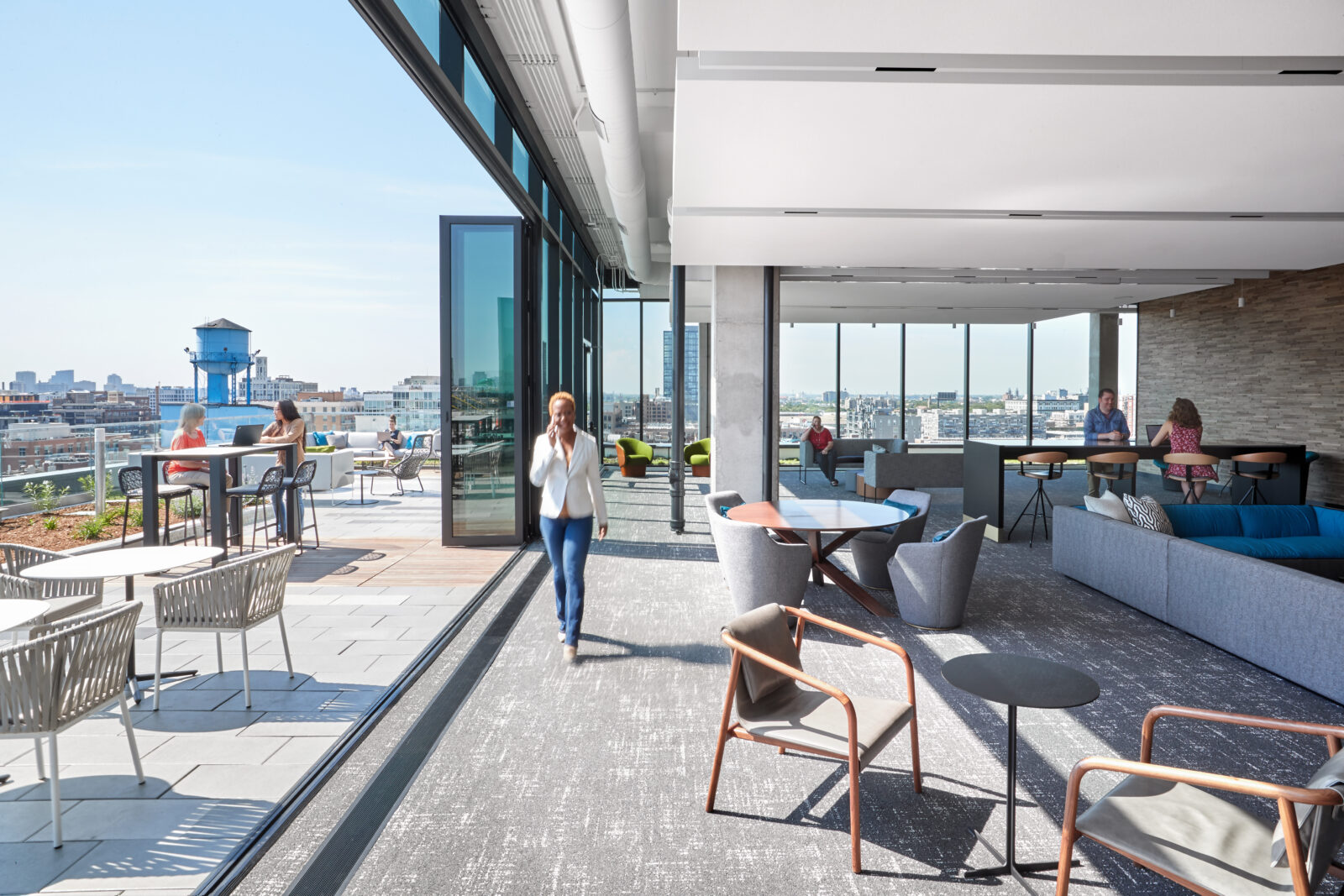
The Evolution of Tech and the Workplace
As the rise of tech has grown, so have workspaces. Many office formats have shifted from the traditional isolated cubical layout to more open environments. Orpilla notes that during the tech boom in areas such as Silicon Valley, there was a surge in experimentation with workplace design, focusing on productivity and the concept of employee choice. He notes the concept of agility in workplace design, is not the definition of agility itself, but how the space can be transformed to suit different tasks and moods. Think of a couch in a communal space that can be used to discuss everyday life among employees or to schedule a meeting outside the conference room. Orpilla emphasizes that this workspace design encourages collaboration and innovation by opening discussions to various spaces, rather than confining them to one area. “A workplace is not just a row of cubes and a phone booth and a thing here. It’s all these different moments that I could, at a second, sit down and put my laptop and work and I feel the workplace. If we’re translating to the outside, it has to have the same complexity, otherwise no one’s going to use it”
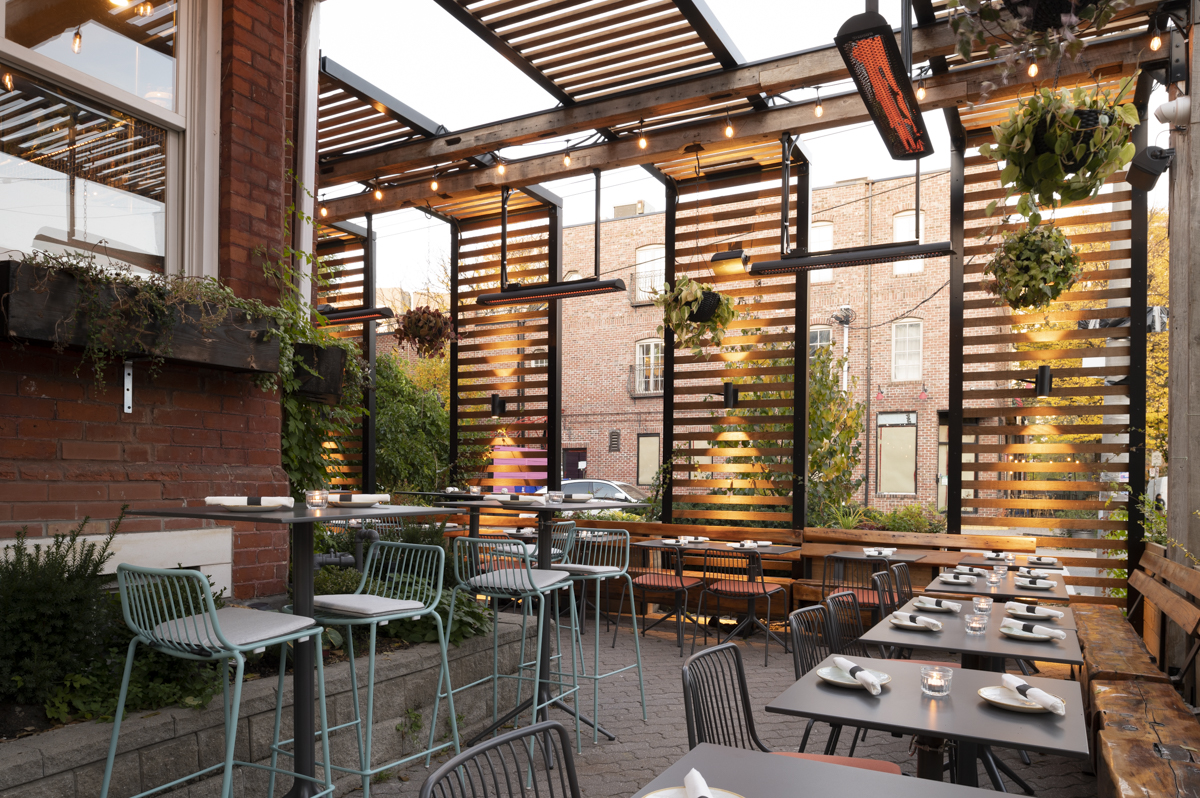
Never Miss an Episode!
Subscribe to our industry newsletter to stay up to date on innovations and trends within the built environment.
Bringing the Office Meeting Outside
As workplaces evolve, the demand for collaborative outdoor spaces is increasing. Post-COVID, employers are reevaluating outdoor areas, mirroring trends in the restaurant industry. Orpilla and Troxel highlight the transformation of these spaces into tech-equipped work environments, expanding the workplace outdoors with Wi-Fi and comfortable seating. Expanding on this idea, Orpilla explains that outdoor spaces provide an additional layer and touchpoint for collaboration among employees. These designs are not limited to traditional attached patio settings; but instead, can be innovative like creating an arboretum or some kind of nook. This creates new environments for employees to decompress between desk work and meetings. Orpilla touches again on the importance of employee collaboration and productivity, ensuring their comfort in office spaces, whether indoors or outdoors. He adds, “This is about going from desk to conference room, that you take two minutes here, three minutes here, and that transitional space is like resetting yourself to do your work. And people don’t realize we, we know how to do it ourselves and sometimes we don’t. But if we were making that part of your daily ritual for work. Maybe you’d be more productive. Maybe you’d be happier. There’s things like that, like little hacks that we’re trying to do in the workplace. And I think outdoor is yet another opportunity.”
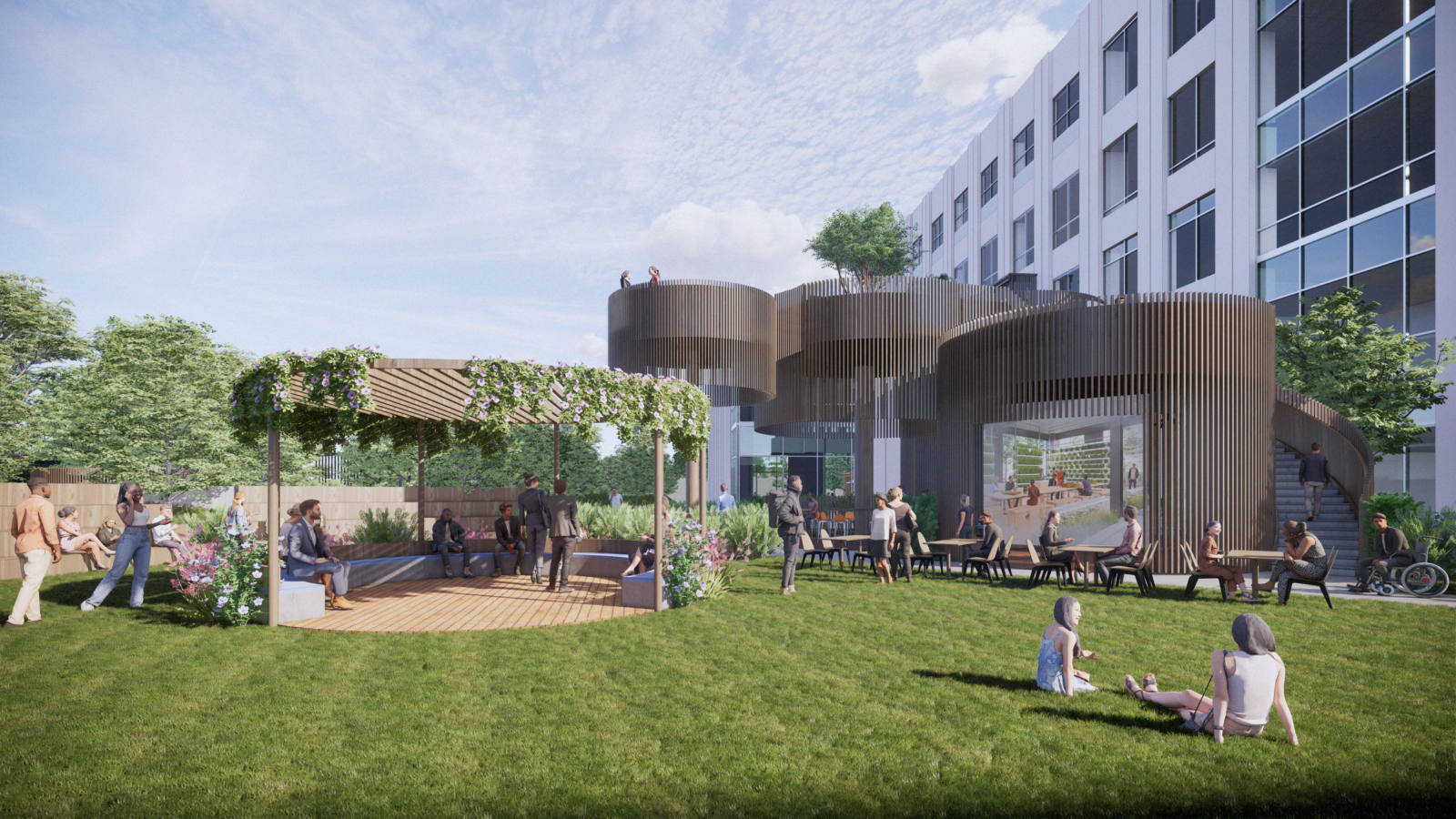
Creating Space to Attract and Retain Talent
While workspaces should be designed for employee comfort, they can also be utilized for potential talent. Workplace amenities play a vital role in attracting and retaining top talent. Trending amenities include spaces like lounges, gyms, meditation rooms, and dining options. These amenities are not just about bringing employees back to the office but also about meeting their expectations and enhancing their work experience. It’s crucial for workplaces to evolve to meet the needs of the new generation of workers, who prioritize work-life balance and overall well-being. This adds another benefit to employers who want to attract top talent. Orpilla emphasizes with his statement, “What are your core cultural touchstones and values? We need to make sure that’s a part of this design. And people don’t understand that it’s not specking colors and paints. It is somewhat scientific about it. Your culture needs to be read through in this environment. The way you treat talent, the way you feel space should be curated.
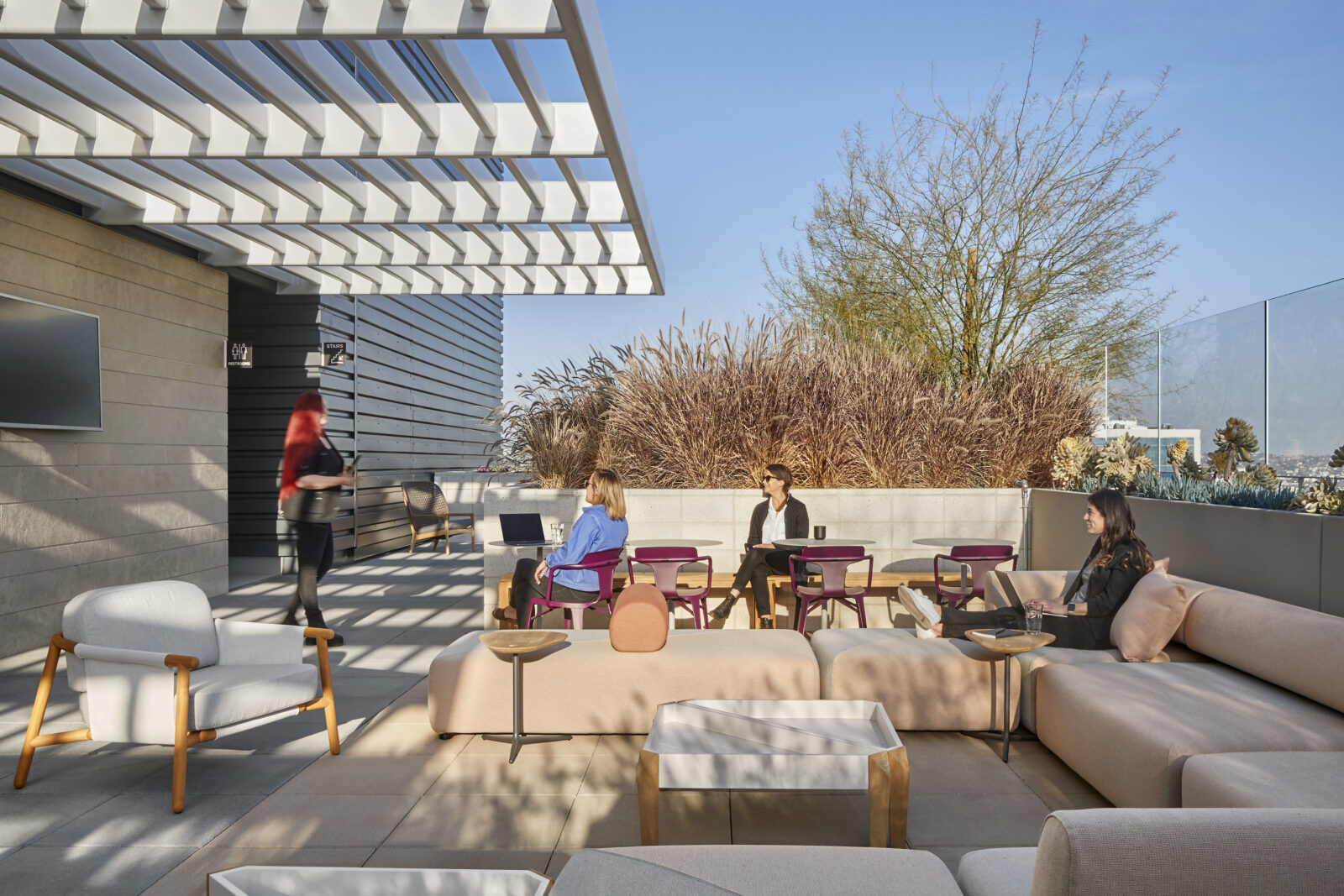
Driving Community and Culture
A collaborative workspace designed for comfort and productivity can have lasting effects for employers. These elements help build a strong community and office culture fostering mentorship, better work relationships, and ultimately boosting morale and productivity. Orpilla has emphasized with thoughtful design, amenities like outdoor spaces, and a focus on collaboration, the future of the workplace is poised to prioritize employee well-being and a sense of community, aligning with the evolving needs of modern workplace settings. He ends with the note, “I feel like this is where culture really either makes or breaks a company. And the number one thing we’re trying to do with these spaces is build culture, build community.”


